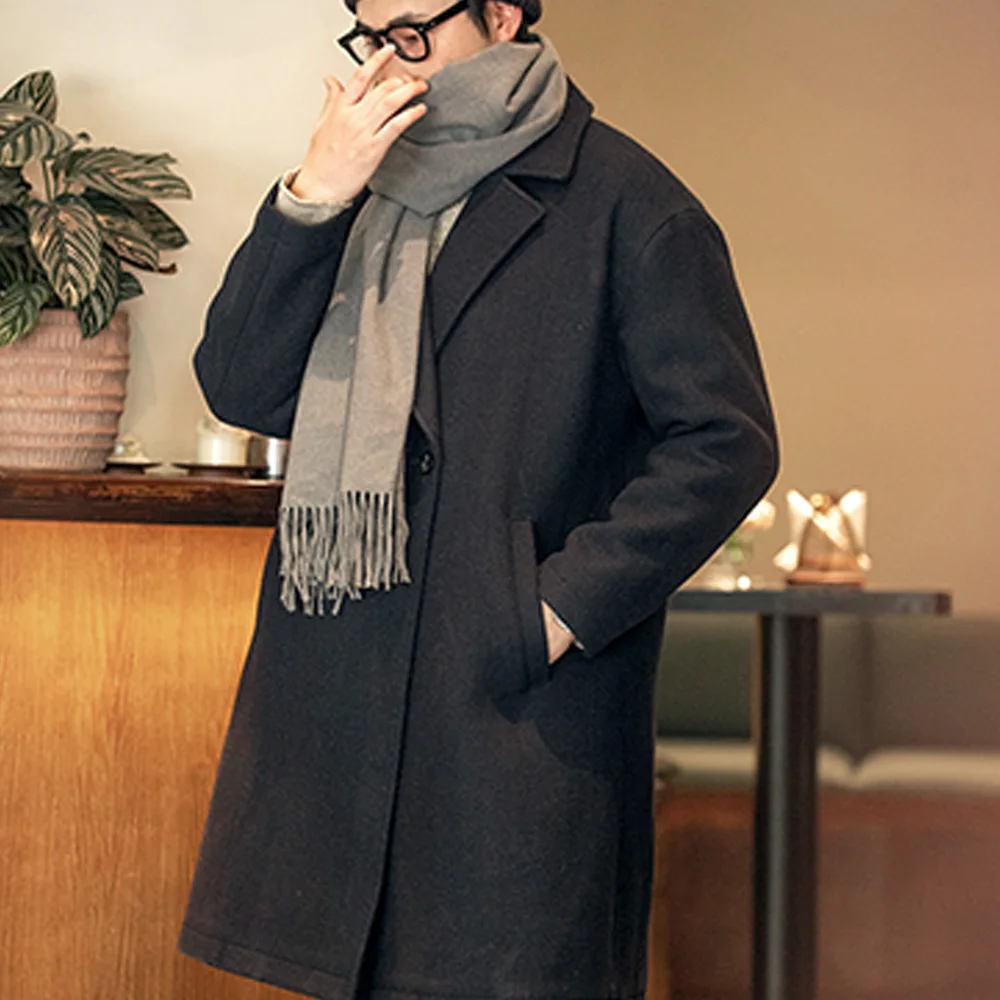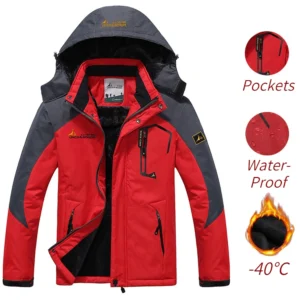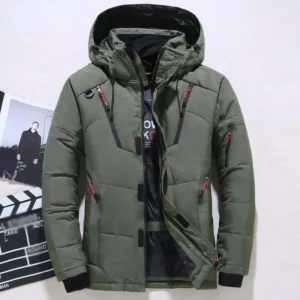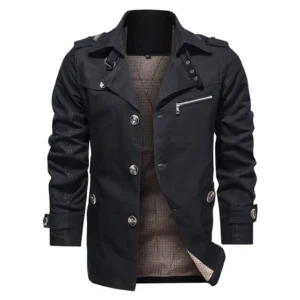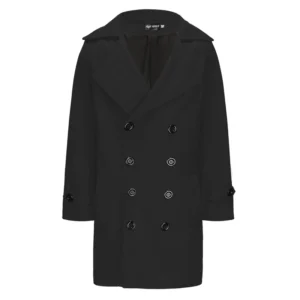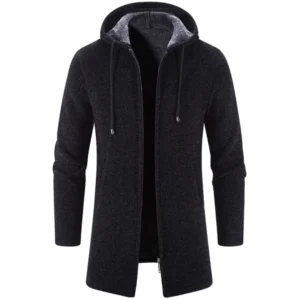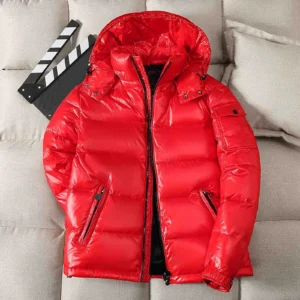Understanding Wool Coat Warmth and Insulation
When winter winds start to blow, finding the right coat becomes essential for comfort and protection. But is a 70% wool coat warm enough to keep you cozy during those chilly months? The short answer is yes—a 70% wool coat provides moderate to excellent warmth depending on its construction and design.
Wool has been trusted for centuries as a natural insulator, and for good reason. At the microscopic level, wool fibers have a unique crimped structure that creates millions of tiny air pockets. These pockets trap body heat close to your skin while simultaneously allowing moisture to escape, making wool remarkably efficient at temperature regulation.
What makes wool truly exceptional is its performance even in less-than-ideal conditions. Unlike many synthetic materials that lose insulating properties when wet, wool can absorb up to 30% of its weight in moisture while still keeping you warm. This natural moisture-wicking ability makes wool coats particularly valuable during winter’s unpredictable weather.
The science behind wool’s warmth is impressive:
– Wool fibers have a natural crimp that creates insulating air pockets
– Microscopic scales on wool fibers help trap heat while releasing moisture
– Wool has lower thermal conductivity compared to most synthetic materials
– Natural lanolin content provides some water resistance
– Wool fibers can stretch and recover, maintaining insulation properties over time
Research from textile science shows wool has approximately one-third the thermal conductivity of similar synthetic materials, meaning it allows significantly less heat to escape from your body. When considering appropriate coat length for your body type, remember that wool’s natural properties enhance whatever style you choose.
Experts agree that understanding how wool coats provide winter warmth is essential when investing in quality outerwear. For those seeking reliable winter protection, exploring a collection of men’s wool coats offers options that balance both style and functional warmth.
The Impact of 70% Wool Content on Coat Performance
When a coat is labeled as “70% wool,” this means that 70% of the fabric’s content comes from sheep’s wool fibers, with the remaining 30% composed of other materials. This specific blend percentage sits at a sweet spot that many manufacturers target for balancing warmth, durability, and price.
In terms of thermal efficiency, a 70% wool coat performs admirably compared to lower-percentage blends. The substantial wool content retains most of the natural insulating properties discussed earlier, making it effective in temperatures ranging from 30°F to 45°F (-1°C to 7°C) for many wearers. When temperatures drop below freezing, strategic layering becomes increasingly important.
How does it compare to other percentages?
– 100% wool coats: Slightly warmer, often heavier, typically less durable and more expensive
– 50% wool coats: Noticeably less insulating, requiring more layers in colder conditions
– 30% wool coats: Significantly reduced thermal properties, mostly providing style with minimal wool benefits
The relationship between wool percentage and warmth isn’t strictly linear. A well-constructed 70% wool coat can often outperform a poorly made 100% wool option. Industry standards consider 70% to be a premium blend for winter coats, offering an excellent balance of performance characteristics.
For those considering whether pure wool coats are truly superior, it’s important to note that the ideal percentage depends on your specific needs, climate, and budget. Many discerning shoppers find that browsing quality men’s wool blend coats provides excellent options that balance warmth with practicality.
The Other 30%: How Blend Materials Affect Warmth
The non-wool portion of a 70% wool coat plays a crucial role in its overall performance. These materials complement wool’s natural properties and often address some of its limitations. Understanding these blends helps you make more informed decisions about which coat will best meet your needs.
Wool-Polyester Blends
– Adds durability and wrinkle resistance
– Improves moisture management
– Reduces weight
– Less expensive than pure wool
– Slight decrease in breathability compared to pure wool
Wool-Nylon Blends
– Significantly enhances strength and durability
– Creates more structured silhouettes
– Excellent wind resistance
– Better resistance to abrasion
– Less natural feel than other blends
Wool-Acrylic Blends
– More affordable price point
– Lighter weight
– Reduced itchiness compared to some wools
– Less pill-resistant over time
– Moderate decrease in temperature regulation
Wool-Cashmere Blends
– Exceptional softness
– Enhanced insulation without bulk
– Premium look and feel
– Higher price point
– Requires more careful maintenance
Manufacturers carefully select these blend materials to achieve specific performance goals. A wool-nylon blend might be chosen for a more structured, wind-resistant overcoat, while wool-cashmere blends create luxurious, lightweight warmth for dressier occasions.
The different properties of merino wool versus standard wool also impact coat performance, with merino blends offering superior softness and temperature regulation but often at a higher price point. These material differences explain why two 70% wool coats can feel dramatically different in terms of warmth and comfort.
Critical Coat Construction Factors That Enhance Warmth
While the wool percentage is important, how the coat is constructed often makes an even more significant difference in its insulating ability. Several key factors determine how effectively a wool coat will keep you warm:
Fabric Weight (GSM)
Fabric weight, measured in grams per square meter (GSM), directly correlates with warmth. Heavier fabrics contain more material to trap heat:
– Lightweight wool coats: 200-350 GSM (good for fall or mild winters)
– Medium-weight wool coats: 350-450 GSM (standard winter wear)
– Heavyweight wool coats: 450+ GSM (excellent for severe cold)
A 70% wool coat with a higher GSM rating will generally provide better insulation than a 100% wool coat with a lower GSM.
Wool Weave Variations
The specific weaving technique used creates dramatic differences in warmth:
Melton Wool
Dense, tightly woven fabric with a smooth surface that excels at blocking wind. The tight construction creates superior insulation but adds weight. Melton wool coats are among the warmest options available.
Tweed Wool
Features a more textured surface with visible patterns. The irregular surface creates additional tiny air pockets for insulation. While not as wind-resistant as melton, tweed offers excellent thermal properties with distinctive style.
Flannel Wool
Softer and more flexible than other weaves, with a slightly brushed surface. Provides good warmth while allowing more movement. Moderate wind resistance makes it ideal for active wear.
Coat Thickness
Thickness affects both insulation and mobility:
– Thinner coats (under 3mm): Suitable for layering, minimal bulk
– Medium thickness (3-5mm): Balance of warmth and flexibility
– Thick coats (over 5mm): Maximum warmth, reduced mobility
The weave tightness is equally important—even a thinner wool coat with an exceptionally tight weave can block cold winds effectively. The best wool overcoats combine appropriate thickness with tight construction to maximize warmth without unnecessary weight.
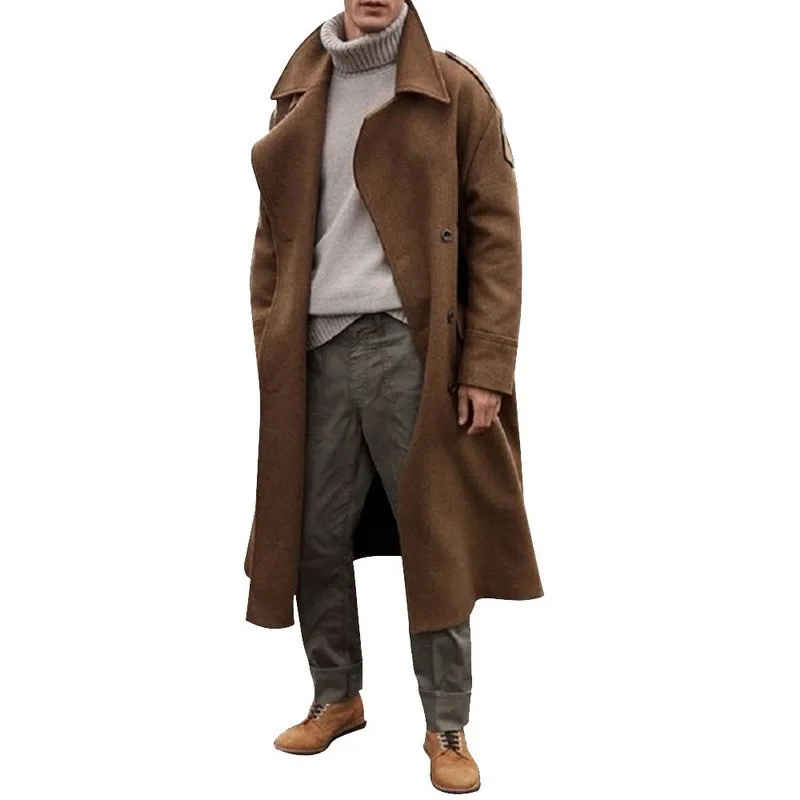
Design Features That Maximize Your Coat’s Warmth
Beyond material composition and construction, specific design features significantly impact how warm a 70% wool coat will keep you. These elements can make the difference between a coat that’s merely adequate and one that truly excels in cold conditions.
1. Coat Length
Longer coats provide more coverage and trap more warm air around your body:
– Car coat length (mid-thigh): Moderate warmth, excellent mobility
– Mid-length (knee level): Good balance of protection and practicality
– Full-length (below knee): Maximum protection, especially for the legs
The appropriate coat length for different body types not only affects appearance but also warmth distribution. Taller individuals often benefit from longer coats that provide proportional coverage.
2. Lining Materials
The right lining enhances insulation dramatically:
– Quilted linings: Create additional air pockets for superior insulation
– Satin linings: Smooth, comfortable, but minimal additional warmth
– Thermal linings: Specialized materials that reflect body heat back to you
– Flannel linings: Soft, warm additional layer without adding significant bulk
3. Closure Systems
How a coat closes directly affects heat retention:
– Double-breasted designs: Overlapping front panels create an additional insulation layer
– Storm flaps over zippers: Block wind from penetrating closure points
– High-button necklines: Protect the vulnerable neck area from cold air
– Hidden plackets: Cover fasteners with fabric for additional wind protection
4. Collars, Hoods and Cuffs
These elements seal vulnerable areas where heat commonly escapes:
– Large, foldable collars: Can be turned up to protect the neck and lower face
– Fitted cuffs (especially with internal knit cuffs): Prevent cold air from entering sleeves
– Hoods: Protect the head where significant body heat is lost
– Adjustable features: Allow customization for changing conditions
For maximum warmth during harsh winters, long wool coats combine many of these beneficial design features with extended coverage. The best designs incorporate thoughtful details that work together to create a complete thermal system.
Layering Strategies to Maximize Your 70% Wool Coat’s Performance
Even the warmest 70% wool coat performs better with strategic layering. The right combination of garments creates a versatile system that adapts to changing conditions while maximizing insulation.
Base Layer Foundations
Start with moisture-wicking fabrics directly against your skin:
– Merino wool base layers provide natural temperature regulation
– Synthetic performance fabrics efficiently move moisture away from skin
– Avoid cotton, which retains moisture and can create a cooling effect
Mid-Layer Insulation
This crucial layer provides the bulk of your insulation:
– Lightweight sweaters or fleece for mild conditions
– Wool sweaters for traditional, effective insulation
– Down or synthetic puffer vests/jackets for maximum warmth without bulk
Accessory Integration
Complete your layering system with these essential additions:
– Scarves to seal the vulnerable neck area and coat opening
– Gloves or mittens to protect extremities
– Hats to minimize heat loss from your head
When layering, focus on creating thin, efficient layers rather than bulky ones. This approach prevents restricted movement while allowing better temperature regulation through adding or removing items as needed.
The art of layering with a wool coat takes practice but makes a substantial difference in comfort. Remember that your 70% wool coat should fit slightly looser than a suit jacket to accommodate these layers comfortably without compression that reduces insulating air pockets.
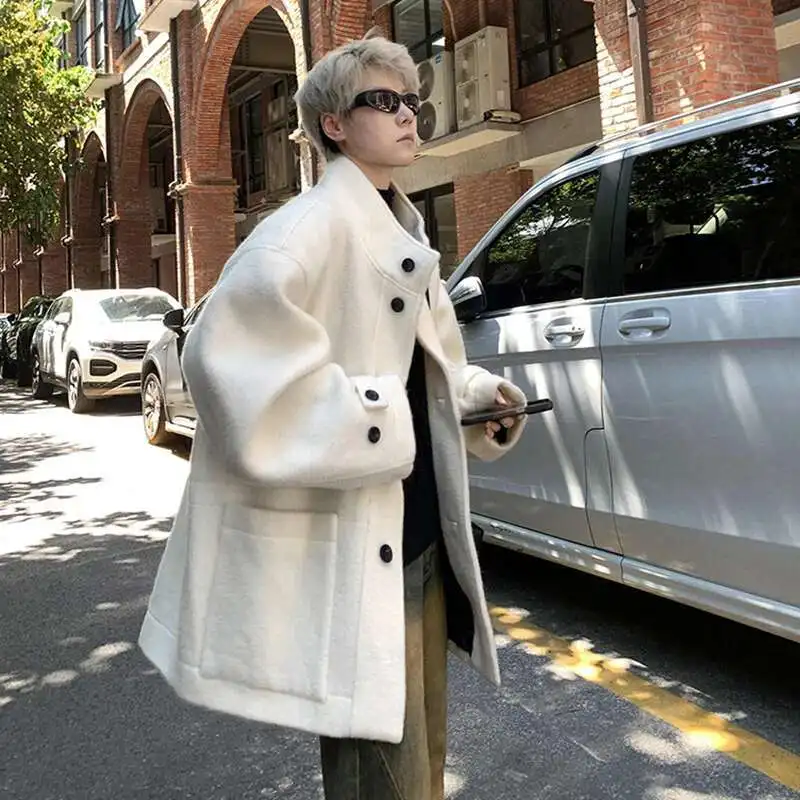
Temperature Ranges and Climate Suitability for 70% Wool Coats
Understanding the ideal conditions for your 70% wool coat helps set appropriate expectations for its performance. While individual tolerance for cold varies, these general guidelines can help you determine when your wool coat will provide adequate protection.
| Temperature Range | 70% Wool Coat Performance | Layering Needs |
|---|---|---|
| 45°F to 60°F (7°C to 16°C) | Excellent – May be too warm | Light shirt or sweater |
| 30°F to 45°F (-1°C to 7°C) | Very Good | Medium-weight sweater |
| 15°F to 30°F (-9°C to -1°C) | Adequate with layers | Heavy sweater plus base layer |
| Below 15°F (-9°C) | Insufficient alone | Multiple technical layers needed |
Climate conditions significantly impact performance beyond just temperature:
Dry Cold
Wool coats perform exceptionally well in dry, cold conditions. The natural insulating properties shine in crisp winter environments with low humidity, making 70% wool an excellent choice for continental climates with cold, dry winters.
Humid Cold
In damp, cold environments, wool’s ability to maintain warmth while wet becomes particularly valuable. However, in persistently wet conditions, consider additional water-resistant treatment or a water-resistant shell.
Windy Conditions
The tightness of the weave becomes crucial in windy environments. A densely woven 70% wool coat with a high GSM rating will perform significantly better than a looser weave in gusty conditions.
Understanding how warm wool coats are in various conditions helps you maximize your comfort by making appropriate choices for your specific climate and activities.
Comparing 70% Wool Coats to Other Winter Outerwear Options
To truly understand where a 70% wool coat fits in the winter wardrobe landscape, it’s helpful to compare it directly with other popular outerwear options. Each type has distinct advantages and limitations worth considering.
70% Wool Coat vs. 100% Wool Coat
– Warmth: 100% wool slightly warmer in ideal conditions
– Durability: 70% wool often more durable due to reinforcing fibers
– Weight: 70% wool typically lighter
– Price: 70% wool generally more affordable
– Maintenance: 70% wool usually easier to care for
– Best for: 70% wool for everyday practical use; 100% wool for traditional luxury
70% Wool Coat vs. Down-Filled Coat
– Warmth-to-weight ratio: Down significantly warmer for its weight
– Wet performance: Wool maintains insulation when damp; down loses most insulating properties
– Durability: Wool typically more durable against abrasion
– Formality: Wool coats offer greater versatility for formal/business settings
– Price: Comparable at mid-range; premium down costs more
– Best for: Wool for versatile urban use; down for extreme cold or outdoor activities
70% Wool Coat vs. Synthetic-Insulated Coat
– Environmental impact: Wool more sustainable than most synthetics
– Tech features: Synthetic coats offer more technical innovations
– Price range: Quality synthetic coats often less expensive
– Appearance: Wool provides a more refined aesthetic
– Longevity: Well-maintained wool typically lasts longer
– Best for: Wool for classic style; synthetics for technical performance
70% Wool Coat vs. Technical Winter Jacket
– Weather protection: Technical jackets superior in extreme conditions
– Breathability: Technical jackets better for high-activity use
– Versatility: Wool better for varying social contexts
– Temperature regulation: Wool provides more natural temperature balance
– Best for: Wool for urban environments; technical jackets for outdoor adventures
For consumers wanting to explore various options, browsing quality men’s winter coats allows for direct comparison between these different approaches to cold-weather protection.
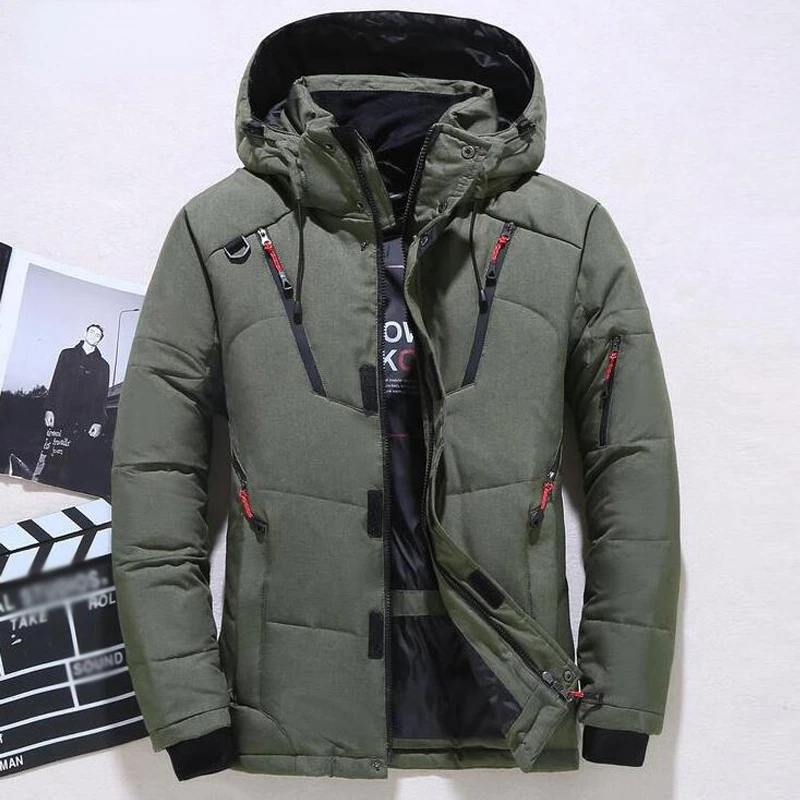
Mens Heavy Winter Coat, Mens Insulated Coat, Mens Parka Coat
Price range: $175.52 through $237.36 Select options This product has multiple variants. The options may be chosen on the product pageMens Big and Tall Winter Coats, Mens Down Coat, Mens Hooded Winter Coat, Mens Puffer Coat
Price range: $126.44 through $217.01 Select options This product has multiple variants. The options may be chosen on the product pageMens Big and Tall Winter Coats, Mens Hooded Winter Coat
Price range: $80.32 through $106.68 Select options This product has multiple variants. The options may be chosen on the product pageMens Double Breasted Pea Coat, Mens Wool Blend Coat, Mens Wool Pea Coat
Price range: $136.84 through $157.36 Select options This product has multiple variants. The options may be chosen on the product pageMens Cashmere Overcoat, Mens Hooded Winter Coat, Mens Wool Blend Coat
Price range: $128.72 through $139.68 Select options This product has multiple variants. The options may be chosen on the product pageMens Hooded Winter Coat, Mens Insulated Coat, Mens Puffer Coat, Mens Quilted Coat
Price range: $139.88 through $177.72 Select options This product has multiple variants. The options may be chosen on the product page
Prolonging Your Wool Coat’s Warmth Through Proper Care
The insulating properties of your 70% wool coat will maintain their effectiveness much longer with proper care. Following these guidelines ensures your investment continues to provide warmth year after year.
Cleaning For Optimal Performance
– Brush your coat regularly with a clothing brush to remove surface dirt
– Spot clean small stains immediately rather than full washing
– Dry clean only when necessary, typically once per season
– Choose cleaners experienced with wool garments
– Allow the coat to fully air after wearing before storing
Storing To Preserve Fiber Structure
– Always hang on a sturdy, wide-shouldered hanger
– Allow adequate spacing in your closet for air circulation
– Use breathable garment bags rather than plastic
– Add cedar blocks to deter moths naturally
– Ensure the coat is completely dry before storing for extended periods
Addressing Wear Issues
– Repair small holes or seam openings immediately before they expand
– Remove pills carefully with a fabric shaver
– Reinforce buttons before they fall off
– Treat high-friction areas (cuffs, collar) with extra care
Enhancing Weather Resistance
– Consider professional wool-safe waterproofing treatments
– Apply refresher treatments after dry cleaning
– Focus waterproofing on shoulders and upper areas most exposed to precipitation
Quality wool coats like those found in the men’s wool car coat collection are designed to last for many seasons when properly maintained. With these care techniques, the 70% wool content will continue providing reliable warmth and comfort throughout your coat’s extended lifespan.
Frequently Asked Questions About 70% Wool Coat Warmth
How does a 70% wool coat perform in extremely cold temperatures (below 0°F/-18°C)?
A 70% wool coat alone is generally insufficient for extreme cold. For temperatures below 0°F, you’ll need significant layering underneath—including thermal base layers, an insulating mid-layer like a down jacket, and accessories such as scarves and hats. Consider wool as part of a cold-weather system rather than a complete solution for extreme conditions.
How does a 70% wool coat compare to specialty brands like Canada Goose or Arc’teryx?
Premium specialty winter brands typically offer superior performance in extreme conditions through specialized materials and construction. However, a quality 70% wool coat provides better versatility across varied social settings and often offers better value for moderate winter conditions. Specialty technical brands excel in extreme environments but may be unnecessarily technical for everyday urban use.
Will a 70% wool coat keep me warm in rainy conditions?
Wool naturally resists light moisture and continues insulating when damp. However, without additional treatment, a 70% wool coat will eventually become saturated in heavy or prolonged rain. For rainy climates, look for wool coats with added water-resistant treatments or wear a thin waterproof shell over your wool coat during heavy precipitation.
What’s the ideal wool percentage for maximum warmth?
While 100% wool provides slightly better insulation in ideal conditions, the “ideal” percentage depends on your specific needs. Many experts consider 70-80% wool to be the sweet spot, balancing natural insulation with durability and practical care requirements. The construction quality, weight, and weave often matter more than small differences in wool percentage.
How can I make my 70% wool coat warmer without buying a new one?
Consider these enhancement strategies:
– Add a wind-resistant liner (some tailors can install these)
– Incorporate a cashmere or wool scarf as an integrated neck layer
– Use thin merino base layers that don’t add bulk
– Apply wool-safe waterproofing spray to improve weather resistance
– Add wind-blocking closures like interior button extensions
Understanding the differences between short and long coat styles can also help you make the most of your current coat or make better decisions for future purchases.

